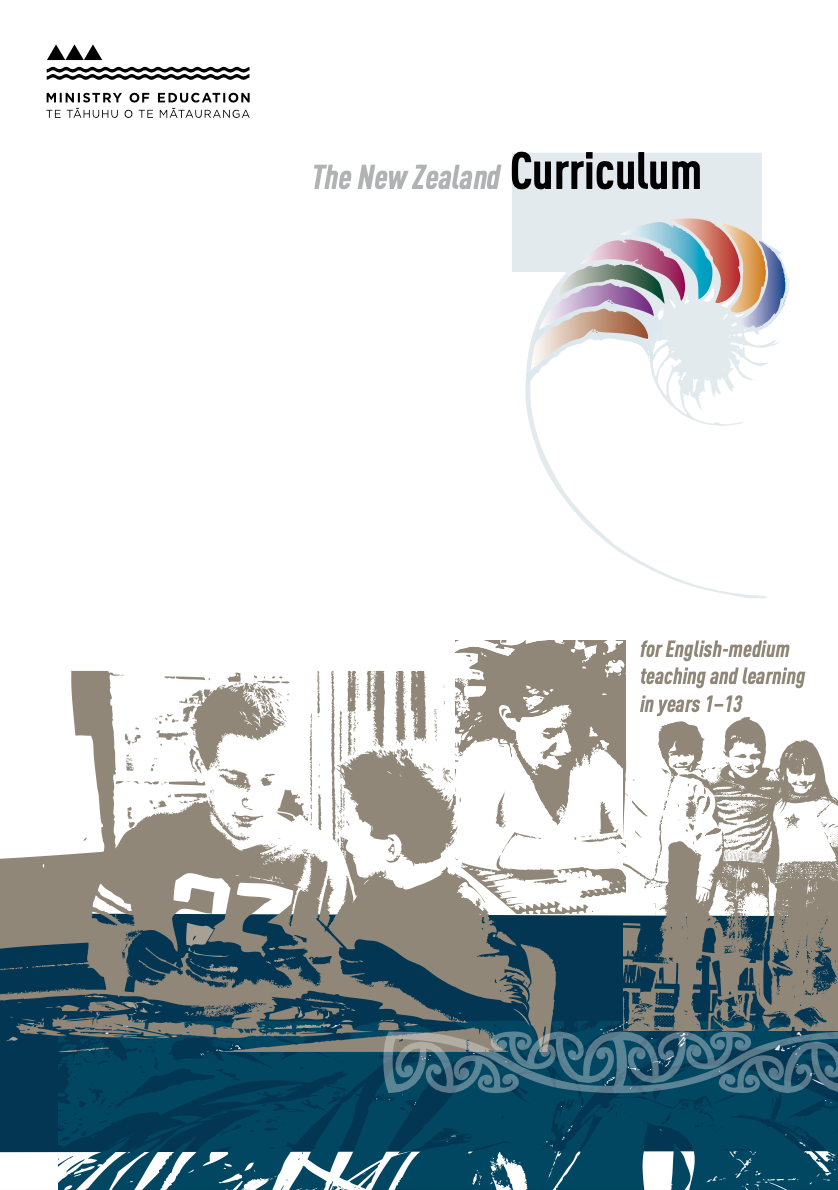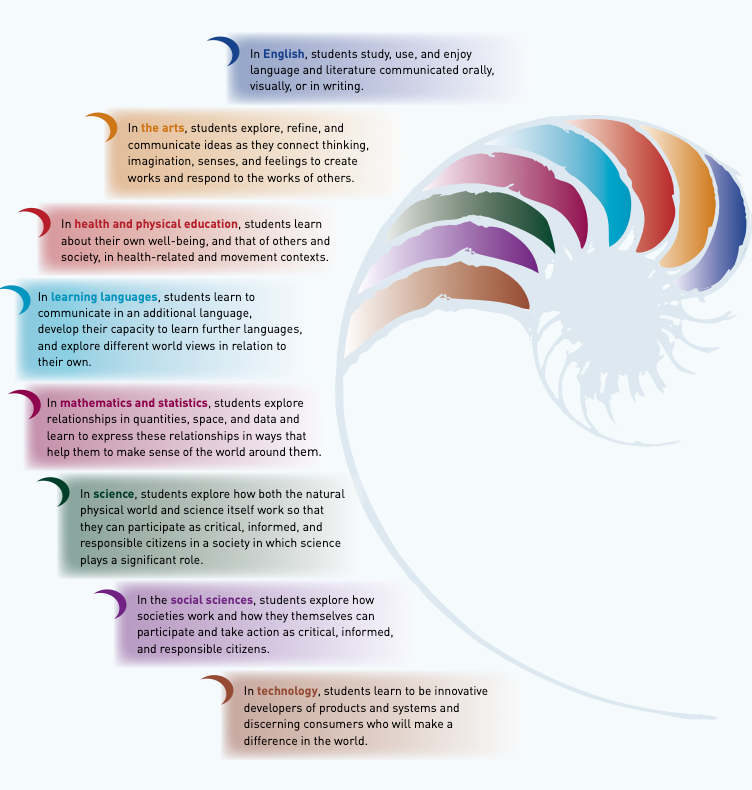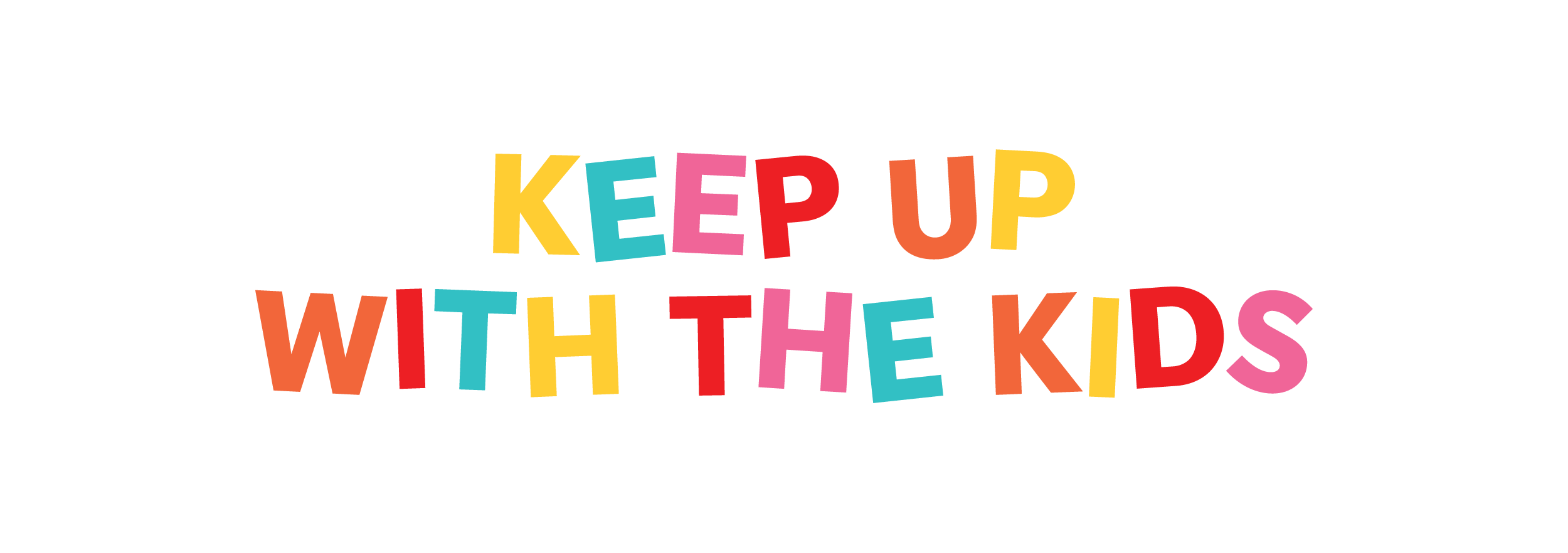The NZ Curriculum at a glance: A quick guide for busy parents
The NZ Curriculum is a 117-page document, but this guide breaks it down into a simple overview of what it covers, how it works, and how it’s applied in schools.

Disclaimer: I’m not a teacher or an education expert — just a curious mum wanting to better understand what my kids are learning so I can support them along the way. If you’re in the same boat, I hope this cheat sheet helps!
What is the NZ Curriculum?
The NZ Curriculum is a flexible framework that guides teaching and learning for Years 1-13. Instead of being a rigid syllabus, it focuses on broad learning goals, values, and key competencies to prepare students for lifelong learning. Schools adapt it to suit their local communities.

Core learning areas
The NZ Curriculum covers eight core learning areas:
- English — Language and literature
- The Arts — Dance, drama, music, and visual arts
- Health & Physical Education — Well-being, resilience, and movement
- Learning Languages — Language acquisition and cultural understanding
- Mathematics & Statistics — Patterns, relationships, and problem-solving
- Science — Understanding the natural world
- Social Sciences — How societies function and civic engagement
- Technology — Innovation and problem-solving
Vision & values
The curriculum’s vision is to develop confident, connected, lifelong learners. It promotes values like excellence, curiosity, diversity, equity, and sustainability.
How is it taught?
Schools have flexibility in how they apply the curriculum, but teaching should always be evidence-based.
The curriculum is structured into eight levels, which broadly align with year levels:
- Level 1 — Years 1-2
- Level 2 — Years 3-4
- Level 3 — Years 5-6
- Level 4 — Years 7-8
- Level 5 — Years 9-10
- Levels 6-8 — Years 11-13 (NCEA levels)
Students don’t always move through levels strictly by year group. Some progress faster, while others take more time.
Who monitors it?
Several agencies monitor how well the NZ Curriculum is applied in schools. The Education Review Office (ERO) reviews schools to assess curriculum delivery, while the Ministry of Education sets policies and provides resources. Other key agencies include the New Zealand Qualifications Authority (NZQA), Boards of Trustees at each school, and the Teaching Council of Aotearoa New Zealand.
A closer look at the eight learning areas

English
“English is the study, use, and enjoyment of the English language and its literature, communicated orally, visually, and in writing.”
- Study of both New Zealand and world literature
- Focus on New Zealand’s bicultural heritage
- Comprehension: making meaning of ideas or information through listening, reading, or viewing
- Communication and presenting: creating meaning through speaking, writing, presenting
The Arts
“Arts education explores, challenges, affirms, and celebrates unique artistic expressions of self, community, and culture.”
- Comprises four disciplines: dance, drama, music, and visual arts
- All four are taught in Years 1-8, then students specialise in at least two disciplines from Years 9-10
- Encourages imagination, creativity, and new perspectives
Health & Physical Education
“In health and physical education, the focus is on the well-being of the students themselves, of other people, and of society through learning in health-related and movement contexts.”
- Far more than just physical fitness
- Focuses on Hauora (a Māori model for well-being), resilience, and self-responsibility
- Key areas of learning include mental health, sexuality education, nutrition, body care, sport studies, and outdoor education
Learning Languages
“As they learn a language, students develop their understanding of the power of language. They discover new ways of learning, new ways of knowing, and more about their own capabilities.”
- Exposes students to new cultures, beliefs, and perspectives
- Core strand is communication, with supporting strands in language and cultural knowledge
- Te reo Māori and New Zealand Sign Language are official languages of New Zealand
Mathematics and Statistics
“Mathematics is the exploration and use of patterns and relationships in quantities, space, and time. Statistics is the exploration and use of patterns and relationships in data.”
- Focuses on problem-solving, creativity, and logical thinking
- Helps students find and communicate patterns and relationships
- Key strands: Number and Algebra, Geometry and Measurement, and Statistics
Science
“Science is a way of investigating, understanding, and explaining our natural, physical world and the wider universe.”
- Focuses on evidence-based inquiry and problem-solving
- Key strands: The Nature of Science; The Living World; Planet Earth & Beyond; The Physical World; and The Material World
Social Sciences
“The social sciences learning area is about how societies work and how people can participate as critical, active, informed, and responsible citizens.”
- Explores New Zealand’s bicultural history and the Treaty of Waitangi
- Encourages engagement with and contribution to communities
- Key strands: Identity, Culture, and Organisation; Place and Environment; Continuity and Change; The Economic World.
Technology
“Technology is intervention by design. It uses intellectual and practical resources to create technological outcomes, which expand human possibilities by addressing needs and realising opportunities.”
- Explores ethical design and innovation
- Students are encouraged to be critical and reflective when designing new solutions
- Key strands: Technological Practice; Technological Knowledge; The Nature of Technology
Changes coming in 2025
In 2025, the New Zealand government is implementing significant updates to the national curriculum. It's being refreshed in phases. The final English content for Years 0-6 was available in Term 4, 2024, and required from the start of 2025. Draft English content for Years 7 to 13, along with mathematics and statistics, was also made available in Term 4, 2024, and will be required from the start of 2027.
All other draft learning areas, including health and physical education, learning languages, the arts, and social sciences, along with the overall curriculum framework, will be available in Term 4, 2025, and required from the start of 2027. You can read more here.
Wrapping up
The NZ Curriculum is designed to be flexible, giving schools the freedom to shape learning in ways that best serve their communities while still ensuring students develop key knowledge and skills. It’s not a rigid checklist but a broad framework that fosters critical thinking, creativity, and lifelong learning.
The curriculum is also continually evolving to reflect new research, societal changes, and evolving educational priorities.
While there’s a lot to unpack here, I hope this cheat sheet is a useful starting point! I’ll do my best to keep it up-to-date!
Further reading & resources
Remember, I’m not an expert — just a curious parent looking to understand more about my kids’ education. If you’d like to dive deeper, here are some great resources:
Are you a teacher or education expert?
If you're a teacher, education expert, or anyone with more insight on this topic, I'd love to hear from you – especially if I've misinterpreted any of this information! Please reach out if you'd be open to sharing your perspective. I'd be thrilled to interview you, whether in written format or on the upcoming Keep Up With The Kids podcast (stay tuned!). You can reach me at jess@madeofwords.co.nz.





